Easy Baked Brisket Recipe for Perfect Results
This simple baked brisket recipe delivers tender, flavorful meat with minimal effort. Perfect for holidays or weeknight dinners, it's a crowd-pleaser with basic ingredients and clear instructions.
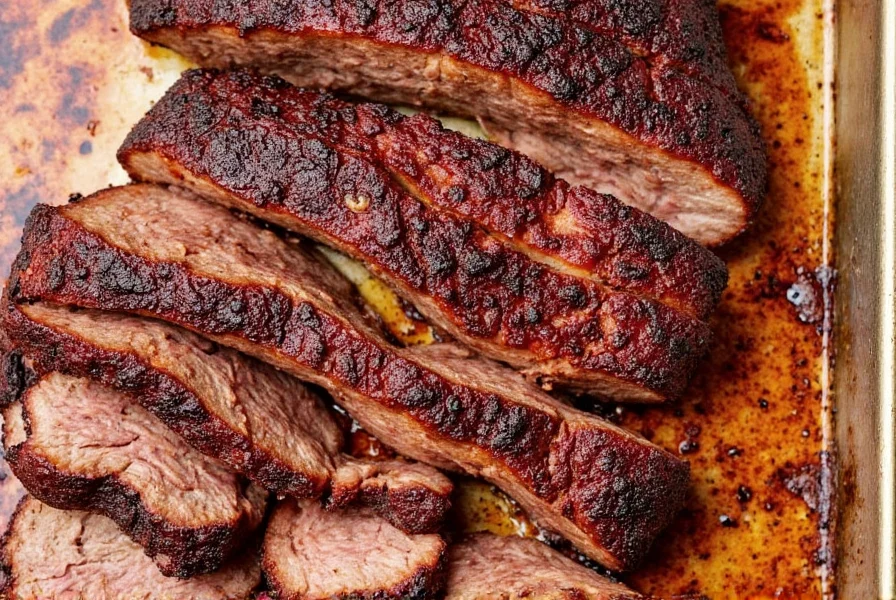
Ingredients
For the dry rub:
- 2 tablespoons smoked paprika
- 1 tablespoon garlic powder
- 1 tablespoon onion powder
- 1 teaspoon cumin
- 1 teaspoon dried oregano
- 1 teaspoon black pepper
- 1 tablespoon salt (optional)
Plus:
- 1 (3-4 lb) flat-cut brisket
- 1/2 cup water or beef broth
Step-by-Step Baked Brisket Recipe
- Preheat oven: Preheat your oven to 300°F (150°C).
- Prepare the brisket: Pat the brisket dry with paper towels. Trim any excess fat if desired.
- Season the brisket: Rub the brisket with the dry rub mixture from the ingredients section.
- Place in roasting pan: Put the brisket in a roasting pan, fat side up. Add 1/2 cup water or broth to the bottom of the pan.
- Bake: Cover the pan with aluminum foil and bake for 3-4 hours, or until the internal temperature reaches 195°F (90°C).
- Rest and serve: Let the brisket rest for 15-20 minutes before slicing. Serve with your favorite sides like mashed potatoes or roasted vegetables.
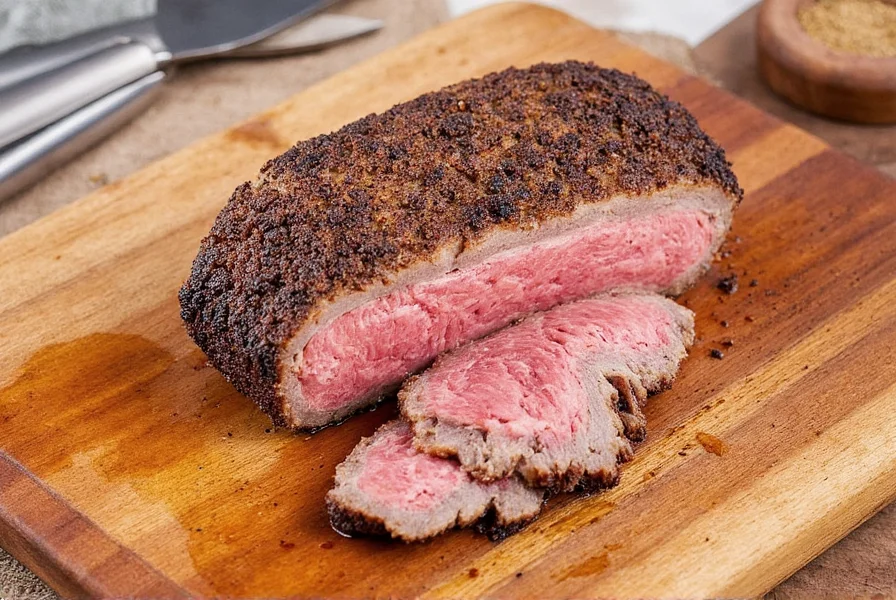
Essential Tips for Baking the Best Brisket
- Choose the right cut: Look for a flat-cut brisket, which has a more even thickness and cooks more evenly.
- Season generously: Apply a generous layer of spice mix to both sides of the brisket for maximum flavor.
- Let it rest: After baking, let the brisket rest for at least 15-20 minutes before slicing. This allows the juices to redistribute, keeping the meat moist.
- Use a meat thermometer: Aim for an internal temperature of 195°F (90°C) for optimal tenderness.
- Keep it covered: During the cooking process, keep the brisket covered to prevent it from drying out.
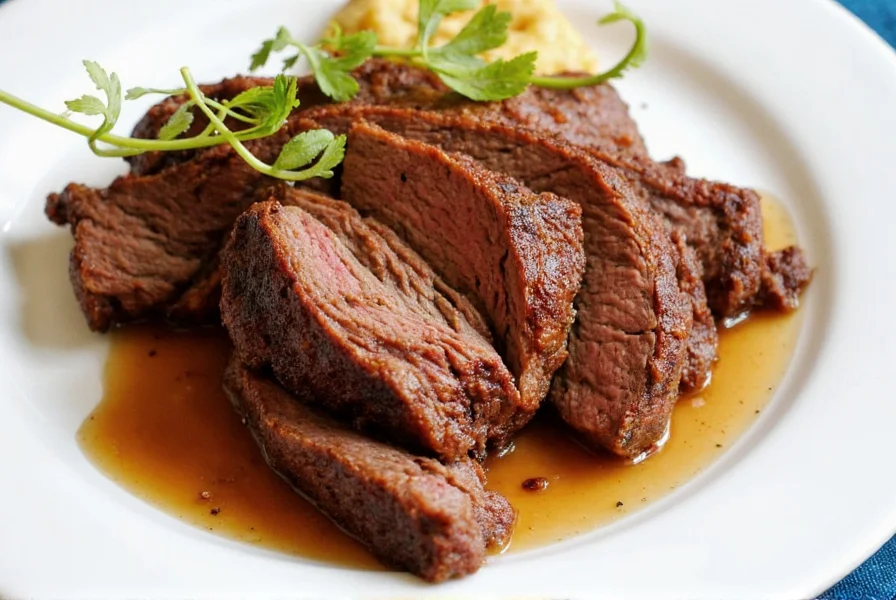
Frequently Asked Questions About Baked Brisket
How long should I bake brisket?
Bake brisket at 300°F (150°C) for 3-4 hours, or until it reaches an internal temperature of 195°F (90°C). The exact time will depend on the size of your brisket - plan for approximately 1 hour per pound of meat.
What's the best way to store leftover brisket?
Store leftover brisket in an airtight container in the refrigerator for up to 4 days. For longer storage, wrap portions tightly in freezer-safe wrap and store in the freezer for up to 3 months. When reheating, add a little broth to maintain moisture.
Can I use fresh spices instead of dried for my brisket?
While dried spices work best for dry rubs due to their concentrated flavor and ability to adhere to the meat, you can incorporate fresh herbs like rosemary or thyme by placing them under the fat cap or in the roasting pan. Fresh garlic and onion can be used in addition to (not instead of) the powders for extra flavor complexity.
Why is my brisket turning out dry?
Dry brisket usually results from overcooking, insufficient moisture during baking, or not letting it rest properly. Make sure to: 1) Keep the brisket covered with foil during cooking, 2) Add some liquid (broth or water) to the pan, 3) Cook to the proper internal temperature (195°F/90°C), and 4) Allow 15-20 minutes of resting time before slicing.
What sides pair well with baked brisket?
Classic sides for baked brisket include mashed potatoes, roasted root vegetables, macaroni and cheese, coleslaw, and cornbread. The rich, savory flavor of brisket pairs well with both creamy sides and fresh, crisp accompaniments to balance the meal.
Can I make this recipe in a slow cooker instead of the oven?
Yes, you can adapt this recipe for a slow cooker. Follow the same seasoning steps, then place the brisket in the slow cooker with 1/2 cup of broth. Cook on low for 8-10 hours or on high for 5-6 hours, until the internal temperature reaches 195°F (90°C).
Buying Guide: Choosing the Right Spices and Tools
When it comes to baking a perfect brisket, the quality of your spices and tools matters. Here are some recommendations:
Spices
- Smoked Paprika: Great for adding color and smokiness. Choose high-quality, freshly ground paprika for best results.
- Garlic Powder: A must-have for any spice rack. Look for a fine, consistent grind.
- Onion Powder: Adds a mild sweetness without the mess of fresh onions.
- Cumin: Offers a warm, earthy flavor. Use it sparingly for balance.
- Dried Oregano: A fragrant herb that works well in many dishes.
- Black Pepper: Freshly ground black pepper offers a sharper, more complex flavor than pre-ground versions.
| Spice | Flavor Profile | Use Case |
|---|---|---|
| Smoked Paprika | Earthy, slightly sweet, and smoky | Provides color and a deep, smoky flavor |
| Garlic Powder | Pungent, savory | Enhances umami and adds depth |
| Onion Powder | Sweet, savory | Complements the meat and balances flavors |
| Cumin | Earthiness, warmth | Brings a warm, nutty undertone |
| Dried Oregano | Elegant, herbal | Offers a subtle, aromatic finish |
| Black Pepper | Pungent, sharp | Boosts heat and enhances other flavors |
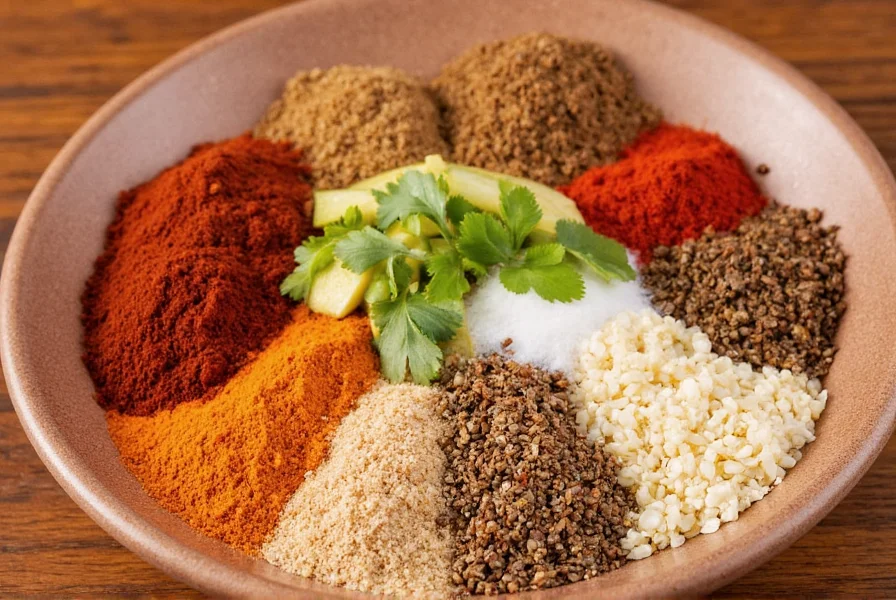
Tools
- Meat Thermometer: Essential for checking doneness without cutting into the meat.
- Roasting Pan: A heavy-duty pan with a lid ensures even cooking and moisture retention.
- Aluminum Foil: Helps keep the brisket moist while baking.
- Sharp Knife: For trimming and slicing the brisket after resting.
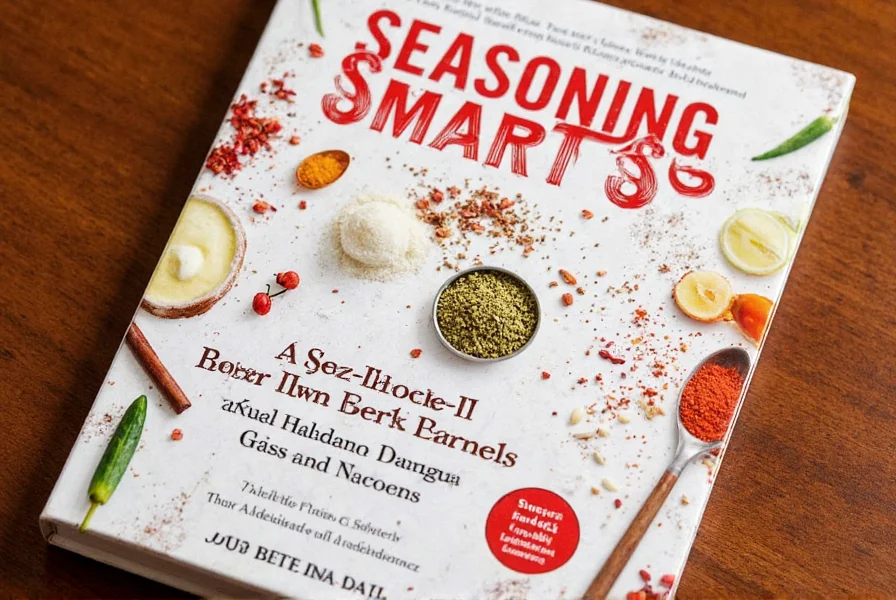
Conclusion: Master Your Baked Brisket Game
Mastering a baked brisket recipe is not only about following a set of instructions—it's about understanding the role of each ingredient and how they come together to create something truly special. With the right spices, a little patience, and some good kitchen tools, you can turn a simple cut of meat into a mouthwatering centerpiece for any meal. So grab your spices, preheat that oven, and get ready to impress everyone at the table.










 浙公网安备
33010002000092号
浙公网安备
33010002000092号 浙B2-20120091-4
浙B2-20120091-4